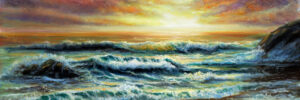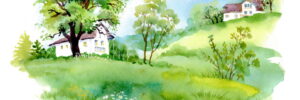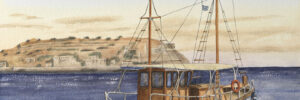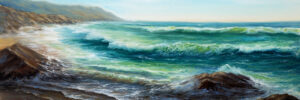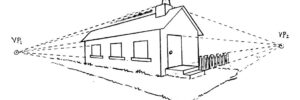
As you begin your artistic career, there will be many methods and techniques you will have to master. One of those techniques is foreshortening. Foreshortening is something you will use in every artistic piece, from simple drawings to watercolor paintings. Here, we discuss everything you need to know about foreshortening. What is foreshortening? Foreshortening is… Read more »


